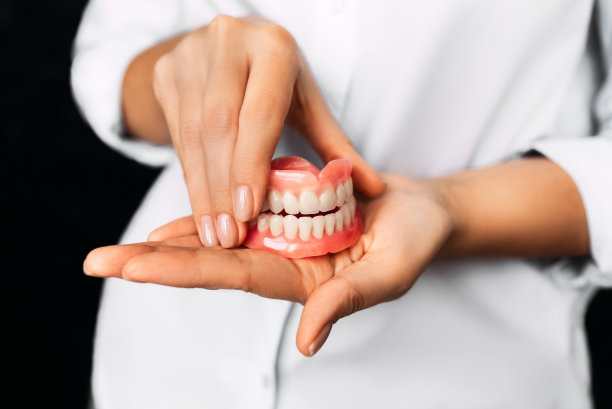A Comprehensive Guide to Safely Extract a Tooth at Home and in Dental Clinics
Summary: Extracting a tooth can be a daunting experience, whether it’s done at home or in a dental clinic. This guide aims to provide comprehensive and practical insights into safely removing a tooth. It covers essential preparations, necessary tools, techniques, and post-extraction care, ensuring that individuals feel empowered to make informed decisions regarding dental extractions. By understanding the risks involved and recognizing when to seek professional help, patients can navigate the process with greater confidence. This article emphasizes both safe practices in a clinical setting and the potential hazards of DIY extraction at home.
1. Preparing for Tooth Extraction Safely

Preparation is essential for a successful tooth extraction, whether at home or in a dental clinic. The first step is understanding the reason for extraction, which could be due to decay, crowding, or gum disease. Knowing the underlying issue can guide your decisions and prompt you to seek professional help when necessary.
Secondly, it is crucial to gather all required tools. In a dental clinic, professionals have specialized instruments for safe extractions. At home, however, you might need simple tools such as clean surgical gloves, cotton gauze, and an antiseptic rinse. Familiarizing yourself with these tools can prevent complications during the extraction process.
Moreover, gauging your pain tolerance is critical. Individuals must reassess whether they can handle the expected discomfort during and after the procedure. If your anxiety levels are high or if you feel uneasy about the extraction, consulting with a dentist is advisable.
2. The Tooth Extraction Process
Once adequately prepared, the next step is executing the extraction process. If performed in a dental clinic, a dentist will often begin by administering local anesthesia to numb the area, ensuring a pain-free experience. Knowing the importance of anesthesia can help you understand why going to a professional is often the safest option.
For home extractions, applying a topical anesthetic might be necessary. However, its crucial to note that home methods wont provide the same level of relief as professional care. If you choose this route, applying proper pressure and rhythm during the extraction is vital to avoid breaking the tooth or damaging the surrounding gum tissue.
Additionally, using a rocking motion while pulling the tooth gently can facilitate easier removal. While it might sound simple, effective technique is essential in ensuring the tooth comes out smoothly. If resistance is felt, it’s wise to stop to prevent further complications.
3. Post-Extraction Care and Recovery
After the extraction, taking proper care of the site is crucial for healing and preventing infection. Applying pressure with gauze can help control bleeding, and it is recommended to bite down for at least 30 minutes. Knowing how long to apply pressure will significantly contribute to a quicker recovery.
Additionally, avoiding physical activities, such as exercising or lifting heavy objects, is essential for the first 24 to 48 hours post-extraction. Resting allows your body to focus on healing rather than expending energy on other tasks.
Lastly, following a soft food diet is important during recovery. Foods such as mashed potatoes, yogurt, and smoothies can provide adequate nutrition without disturbing the extraction site. Avoiding hard, spicy, or sticky foods during this period is advisable to prevent irritation or injury.
4. Recognizing When to Seek Professional Help
Despite thorough preparations and attempts at self-extraction, recognizing when professional assistance is necessary is paramount. If you encounter significant pain, swelling, or prolonged bleeding after performing a tooth extraction at home, contacting a dentist immediately is necessary.
Persistent discomfort could indicate an underlying infection or complications from the extraction. Professional dental care can provide necessary interventions to manage pain and prevent further issues from arising.
Furthermore, realize that some teeth, particularly molars or those with deep roots, may require the expertise of a dental specialist. If you have any doubts about your ability to extract a tooth safely, it is always best to err on the side of caution and seek professional help.
Summary:
The article outlines a comprehensive guide for tooth extraction at home and in dental clinics, emphasizing the importance of preparation, technique, aftercare, and seeking professional assistance when needed. By understanding the various aspects surrounding tooth extractions, individuals can make informed decisions about their dental health.
This article is compiled by Vickong Dental and the content is for reference only.



